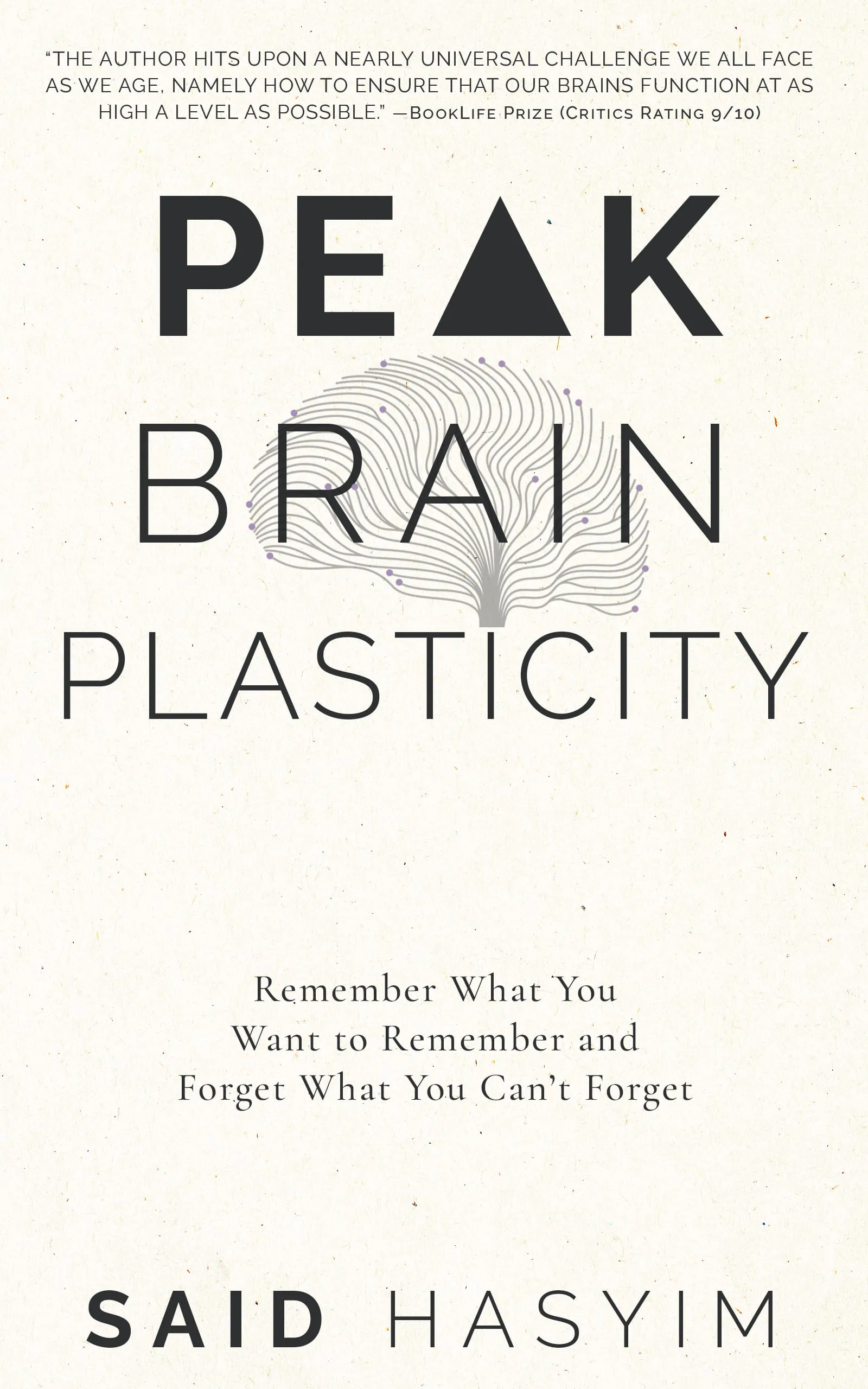How to Use Visualization for Better Memory
Memory is an essential function of the human mind, influencing our ability to learn, work, and interact with others. Despite the importance of memory, many individuals struggle to recall information effectively, which can lead to frustration and anxiety. One powerful technique that has been proven to enhance memory retention is visualization. In this blog post, we will explore the science behind visualization, various techniques that harness this power, and practical tips to integrate visualization into your daily life.
The Science Behind Visualization and Memory
Visualization involves creating mental images to process information learned both verbally and visually. When we visualize information, our brains can form connections between the new data and existing knowledge, making recall easier. Here are a few reasons why visualization is effective for memory enhancement:
Dual Coding Theory: According to Allan Paivio’s Dual Coding Theory, information is processed in two ways: verbally and visually. Creating a visual image to represent verbal information enables us to store it in our brains through two channels, improving recall.
Emotional Engagement: Visual images often evoke emotions, which can significantly enhance memory. The emotional arousal caused by vivid images can lead to stronger neural connections, making the information more memorable.
Spatial Memory: Humans have a remarkable ability to remember spatial relationships. By associating information with specific locations in a mental space (a technique known as the method of loci), we can improve our capacity to recall that information when we navigate through our mental landscape.
Effective Visualization Techniques
1. The Method of Loci (Memory Palace)
The Method of Loci, also known as the Memory Palace technique, involves visualizing a familiar place and associating items or concepts you want to remember with specific locations within that space. Here’s how to use this technique:
- Choose a Familiar Place: Select a location, such as your home or route to work, that you can easily visualize.
- Identify Specific Locations: Break down the selected place into specific locations or landmarks (e.g., rooms, furniture).
- Create Associations: Associate each item you need to remember with a location. The more vivid and absurd the imagery, the better. For example, if you are trying to remember to buy milk, picture a giant milk carton sitting on your couch.
2. Mind Mapping
Mind mapping is a visual representation of ideas or concepts that organizes information hierarchically around a central theme. To create a mind map:
- Start with a Central Idea: Write down the main topic in the center of the page.
- Branch Out: Draw branches from the central idea for each subtopic or category.
- Use Images and Colors: Incorporate images, drawings, and colors to differentiate between concepts and make the map more engaging.
3. Visualization with Storytelling
Transforming information into a story allows for better memory retention. Here’s how to do it:
- Create a Narrative: Take the information you want to remember and weave it into an engaging narrative. For instance, if you need to remember a list of items, create a story that involves each item.
- Use Vivid Imagery: Craft detailed visual elements within the narrative to make it more memorable. The sillier or more outlandish the story, the better!
4. Chunking Information
Chunking is a technique that involves breaking down large pieces of information into smaller, manageable units or "chunks." To use this technique with visualization:
- Identify Logical Groups: Organize information into logical categories or themes. For example, you can group numbers, terms, or ideas.
- Visualize Each Chunk: Create distinct images for each chunk that encapsulate all the information within it. This helps in recalling larger amounts of information effortlessly.
Tips for Effective Visualization
Practice Regularly: Just like any skill, visualization takes practice. Dedicate time each day to hone your visualization skills, starting with simple concepts and gradually increasing complexity.
Engage All Senses: To enhance your visualization, engage all your senses. Imagine not just how things look but also how they smell, sound, and feel. The more immersive the experience, the better the chances of retention.
Use Technology: Consider utilizing visualization apps and software to create mind maps or visual aids. Digital tools can streamline the visualization process and allow for easier revisions.
Stay Relaxed: Stress can hinder memory performance, so it's essential to approach visualization exercises in a calm state of mind. Take deep breaths, meditate, or create a peaceful studying environment.
Combine Techniques: Feel free to mix and match different visualization techniques. For example, use the Memory Palace method alongside mind mapping to strengthen your overall capacity to remember various types of information.
Conclusion
Visualization is a powerful tool that can significantly enhance your memory. By employing techniques such as the Method of Loci, mind mapping, storytelling, and chunking, you can improve your ability to retain and recall information. Practice these techniques regularly, engage all your senses, and enjoy the benefits of a sharper memory. Whether you're a student looking to excel in exams or a professional aiming to enhance your knowledge base, incorporating visualization into your learning routine can lead to lasting improvements in memory retention. Start today and unlock the potential of your mind!
Harness the Power of Neuroplasticity
Discover Peak Brain Plasticity, a practical book to harnessing neuroplasticity. Enhance your memory, learn new languages quickly, and alleviate anxiety with effective study methods. Uncover daily habits that impact cognitive health and explore techniques for accelerated learning and memory retention. Unlock your brain's potential for growth and transformation.
